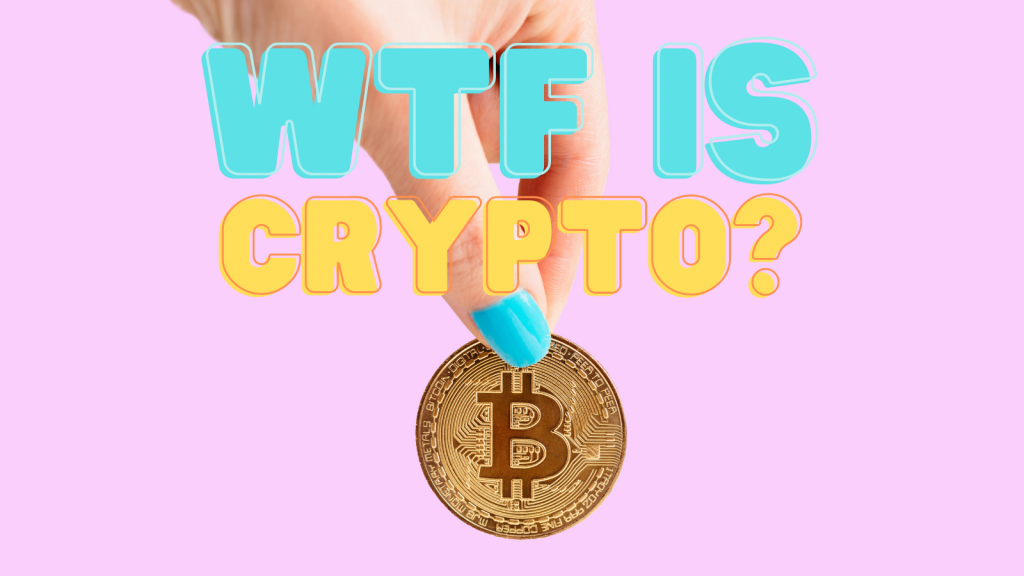This, right here, is the first entry in a new series where we try our utmost to explain the phenomenon called cryptocurrency. We’d like to make it less of a phenomenon, if you know what we mean.
The series will touch on a few essential areas like understanding what cryptocurrency and the technology it’s built on are, but for the most part, we won’t try and confuse you too much.
So, WTF is a cryptocurrency?
First, we’ll dissect the word that’s seemed to infiltrate the online world in recent years. The first segment refers to the study of cryptography — the use of secure communication methods and techniques. Using cryptography ensures these digital coins are nearly impossible to fake, hack, crack, duplicate or double spend. The second, well you already know what currency means.
Cryptocurrencies are also built on blockchain technology. Now, here’s where it can get particularly technical. Blockchain refers to a decentralised network of computers that acts as a distributed ledger. This distributed ledger is then used to validate the integrity and legitimacy of transactions.
On to the cryptocurrency itself — these are essentially a type of digital coin or token. So it is a currency, just not the type you can hold in your hand and buy a Chappie with(yet). These digital coins are represented by entries into the distributed ledger. A coin can come into being in various ways, the most common being mining.
Still with us?
Okay, we now know what a cryptocurrency is, and at its core is that decentralised network and the distributed ledger we mentioned earlier. One of the flaws with the current banking systems we currently use is the central point of failure: the bank.
Let’s imagine a blockchain as a file where you keep all your transactions each day. You record your transactions on pages that you put into a file. That’s kinda how a blockchain works, except it’s all digital. The pages are like the blocks that, together, make up the blockchain.
The decentralised part comes from the fact that everybody who wants to participate in the blockchain gets a copy of the file with all the pages. You could download a copy of the Bitcoin blockchain if you wanted to, but be warned, it’s about 350GB.
Speaking of which, what’s this Bitcoin everyone’s talking about?
The concept of a cryptocurrency as we know it today was first introduced by a person or collective known by the pseudonym Satoshi Nakamoto in 2008. They released a whitepaper titled Bitcoin: A Peer-to-Peer Electronic Cash System that you can freely read here. Shortly afterwards, in 2009, they implemented the first-ever cryptocurrency, Bitcoin (BTC). The goal was to develop a payment system that was quicker than making a payment through a financial institution.
Right at the very start, the first few adopters earned about 50 BTC every 10 minutes or so. It was relatively easy to earn through mining because so few people knew about it. Well, that and the computational power needed for mining was relatively low. We’ll go into more detail on how mining works in a future article. But basically, Bitcoin is made to become more difficult to mine every four years.
Unfortunately, very few people predicted its worth all the way back in 2010. Imagine earning R32 million every 10 minutes, or buying two large pizzas for 10,000BTC. That’s what a user with the handle ‘laszlo’ did in the now-famous Bitcoin Pizza Day story. The reason they spent what is now worth R6.6 billion on two pizzas? “I just think it would be interesting if I could say that I paid for a pizza in bitcoins”
Make no mistake, the concepts of cryptocurrency, the blockchain and a distributed ledger are complex, but we hope we were able to make them a little less daunting and maybe even exciting to understand. In the next article, we’ll be taking a more in-depth look at how the blockchain works and how its uses extend beyond cryptocurrencies.




